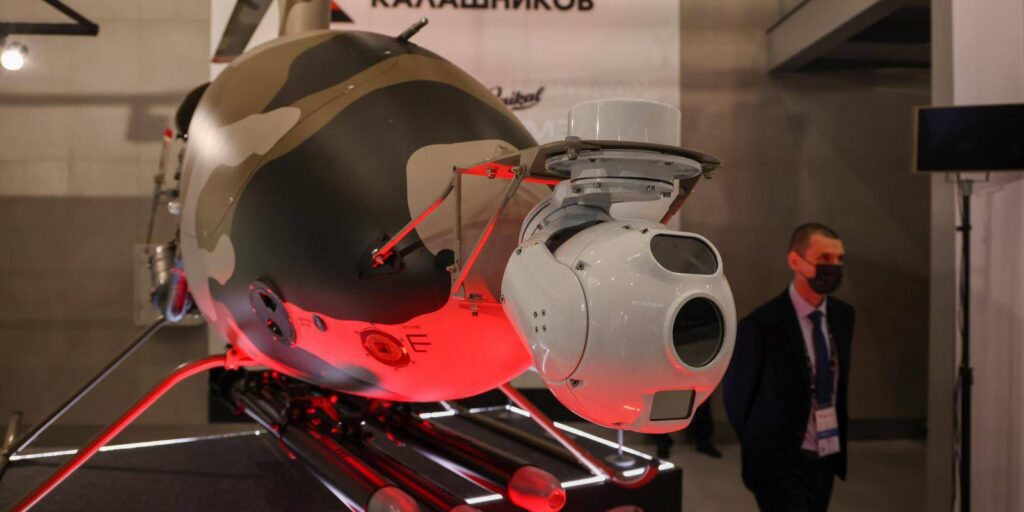The future of military innovation is rapidly evolving, with advancements in drones, artificial intelligence, and cybersecurity playing a significant role in shaping the way military operations are conducted. Drones have revolutionized intelligence gathering and surveillance, while AI technology allows for data analysis and decision-making automation. Cybersecurity has become a critical focus as military forces rely more on networked systems. The integration of these technologies will likely lead to more interconnected and efficient military systems, enhancing situational awareness and overall effectiveness. The future holds great promise for improving the safety, efficiency, and success of military operations through innovative technologies.
From Drones to Cybersecurity: The Future of Military Innovation
Rise of Drones in Military Operations
One of the most significant advancements in military innovation in recent years has been the rise of drones in military operations. Drones, also known as unmanned aerial vehicles (UAVs), have revolutionized the way military forces gather intelligence, conduct surveillance, and carry out targeted strikes.
These unmanned aircraft can be equipped with a variety of payloads, including cameras, sensors, and weapons, allowing them to perform a wide range of tasks without putting human pilots at risk. Drones have proven to be highly effective in counterterrorism operations, border security, and disaster response efforts.
Enhancements in Artificial Intelligence
Another key area of military innovation is the incorporation of artificial intelligence (AI) into military systems. AI technology enables military forces to analyze vast amounts of data, automate decision-making processes, and enhance the capabilities of autonomous weapon systems.
AI-powered systems can detect patterns in data, predict potential threats, and respond to evolving situations in real-time. This technology has the potential to revolutionize warfare by increasing the speed, accuracy, and efficiency of military operations.
Advancements in Cybersecurity
In an increasingly digital world, cybersecurity has become a critical area of focus for military innovation. As military forces rely more heavily on networked systems and digital communication channels, they become vulnerable to cyber attacks from hostile actors.
To counter this threat, military forces are investing in cutting-edge cybersecurity technologies to protect their networks, systems, and data from cyber threats. These technologies include advanced encryption algorithms, intrusion detection systems, and threat intelligence platforms.
Integration of Emerging Technologies
Looking ahead, the future of military innovation will likely involve the integration of emerging technologies such as artificial intelligence, drones, and cybersecurity into a cohesive and interconnected system. Military forces will need to adapt to the changing landscape of warfare by leveraging these technologies to enhance their capabilities and stay ahead of potential adversaries.
By harnessing the power of drones, artificial intelligence, and cybersecurity, military forces can improve their situational awareness, decision-making processes, and overall effectiveness in the field. The future of military innovation holds great promise for enhancing the safety, efficiency, and success of military operations.
